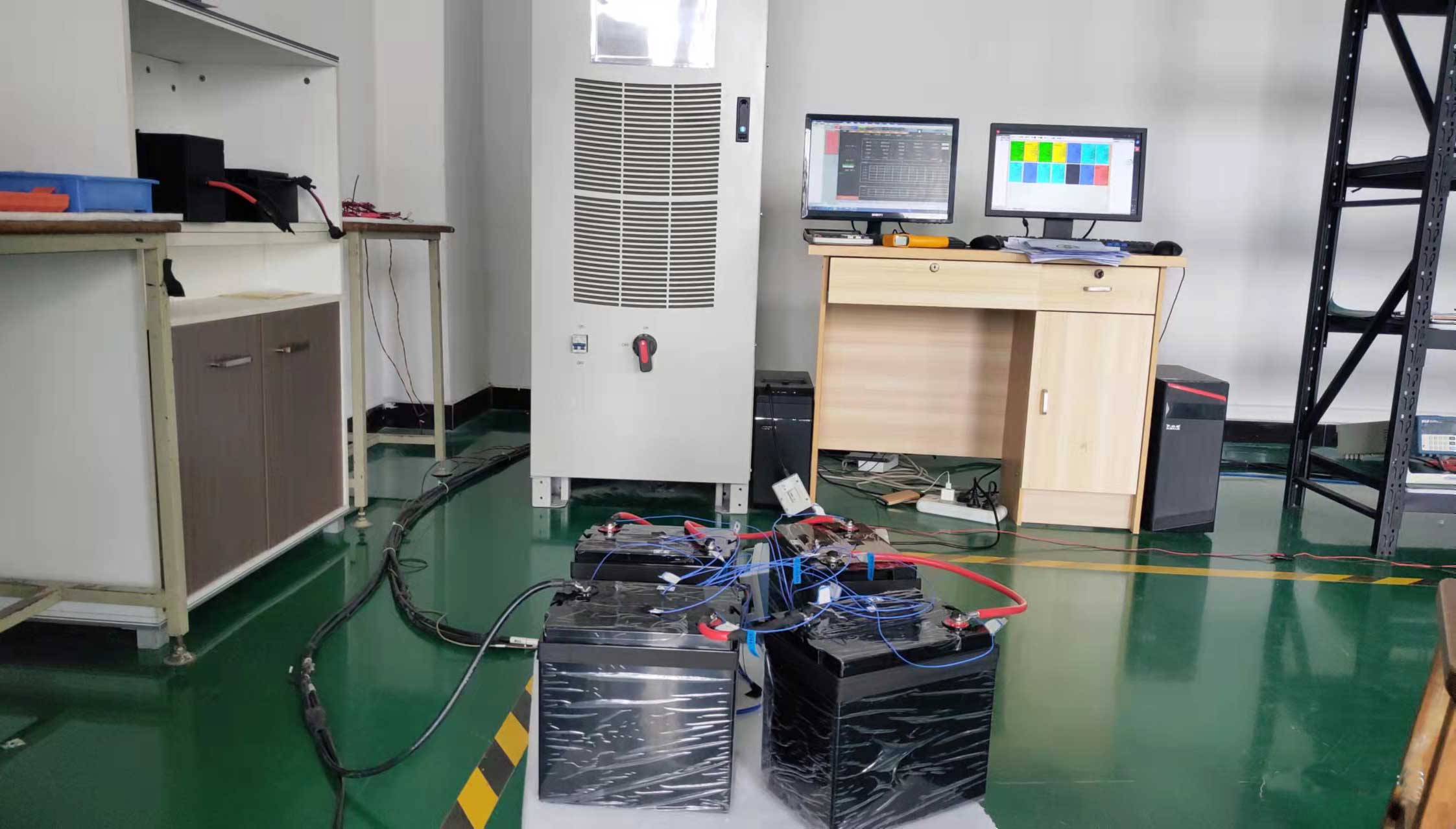How to accurately and safely charge LiFePO4 batteries
Generally, LiFePO4 batteries (Lithium Iron Phosphate) are slowly gaining a market. Its uses range from renewable energy storage to electric cars, and small portable power stations. As for LiFePO4 batteries, there are such benefits as stably long lifetime and safety. There are some requirements to achieve maximal efficiency and the longest battery lifetime. Must charge these batteries to avoid causing damage and at the same time maintain efficiency.
1. What Are LiFePO4 Batteries?
LiFePO4 is a member of the lithium-ion battery type. It is different from other lithium chemistries including lithium-cobalt in a few ways. The primary distinction is its voltage characteristics and its charging characteristics. A nominal battery having SLA or LiFePO4 chemistry has a cell voltage of 3.2V and charges up to 3.65V per cell. It is important to check that these voltage thresholds are not overstepped to ensure the battery life.
2. Charge with the Right Charger
You have to charge LiFePO4 batteries using the special charger specifically used for charging LiFePO4 batteries only. Here’s what to look out for:
–Voltage Matching:
The charger must be able to take the nominal and greatest voltage of the battery. For instance, a regular 12V LiFePO4 battery pack comprises four cells connected in series whereby 4 x 3.2V = 12.8V. Thus, you must demand a charger that has a constant voltage to charge at 14.6V; this is the voltage across 3.65V multiplied by 4 cells = 14.6V).Lithium Iron Phosphate (LiFePO4) Batteries are equally useful to ensure smooth working .
– Charging Current:
The charging current should be in the range of 0.5C – 1C of battery capacity, where C is the stated capacity of the battery. For instance, a battery rated 100Ah needs charging with a current between 50A and 100A. They are in danger of getting overheated if charged at a high current. So, if charged with a low current, then the battery is overcharged for an extended period. Visit legend batteries for more information.
3. Adhere to the right charging procedures
Below is how you can charge your LiFePO4 battery in a very simple procedure.
Step 1: Connecting the Charger
Plug the charger on the battery in the correct way. Ensure the polarity: Negative to positive and positive to negative again and again to avoid short circuits.
Step 2: Charge Current Fixed (and the values if it is adjustable)
You should know that most chargers come with an adjustable current setting. Thus, you should choose something close to the normal given battery current rates. While charging, there is a set that one should aim at about 0.5C or half the capacity in amp-hours in the battery.
Step 3: Charge
Switch the charger on. For the initial section of the discharge, the charger is supplying a constant current. At an approximate greatest voltage of about 3.65V per cell extracted out of the battery, the charger will start to reduce the current.
Step 4: Observe the Charge
The battery will equalize to its charge voltage. From this point onward, depending on the battery, the charger will go into constant voltage at 14.6V on a 12V. LiFePO4 battery pack and it will take a while to drop to around 0.05C.
Step 5: Remove when overcharged.
It is important to pull out the charger once the charger shows that the battery is fully charged. This will help you avoid overcharging the battery since this reduces the battery’s life and may even cause thermal issues.
4. Temperature Control Vis-A-Vis Battery Charging
Charging also depends on the temperatures of the batteries. Charging LiFePO4 batteries below or above the 0°C to 45°C range of preferred charging might be lethal. The following are the temperature guidelines:
– Low Temperature Below 0°C:
LiFePO4 batteries should not be charged when the temperatures drop below freezing or 0 °C to 32 °F. Charging at low temperatures puts lithium in a position of plating inside the battery where this might lead to possible damages to the cells.
– Hot Temperature (> 45°C):
Not to be charged when the temperature is greater than 45 centigrade which is equal to 113 Fahrenheit. Cycling induces thermal runaway or impacts on other internal components of a battery. When possible, charge at a lower temperature or, preferably, with an active cooler.
5. Maintenance Charging
Charging a battery effectively can provide enough current in a period of long-term storage; for extended storage, you may need to charge in a maintenance mode. LiFePO4 batteries have less cycle damage if they are maintained at around 50%-70% charge levels. In cases where the stores are left unfilled for longer durations of say several months or even more, it is advisable to measure and top off the charge as and when required.
6. Safety Tips
Always follow these general safety precautions when charging LiFePO4 batteries:
– Use Proper Charger: Select only a charger that is compatible with the LiFePO4 battery. The wrong charger. So poses several unsafe charging conditions and charges, damages, catches fires, etc.
– Avoid Over-Charging: Never let the system stay on charge indefinitely without ever checking may cause heat up and ultimately, thermal runaway or fires.
– Charge in a Safe Location: Please do not charge your battery where there is an accumulation of flammable gases, or heat may be produced during the charging process.
– Check the Battery: Open your battery cover often to check for some sign of deterioration, these are bulging or leakage. If there is damage to the battery, then this should be halted and replaced as soon as possible.
Conclusion
Some of the batteries such as LiFePO4 are easy to charge. But care and safety are observed and they should be charged properly to get the best out of your battery. This can be done with the help of the right chargers and voltage and restrictions for current. Of course, it is always helpful to observe the temperature conditions under which a battery operates, which might help to prolong the life of the LiFePO4 battery, as well as increase its performance. But safety should be first and viewing the charging process can always help watch out for any probable there problems.


